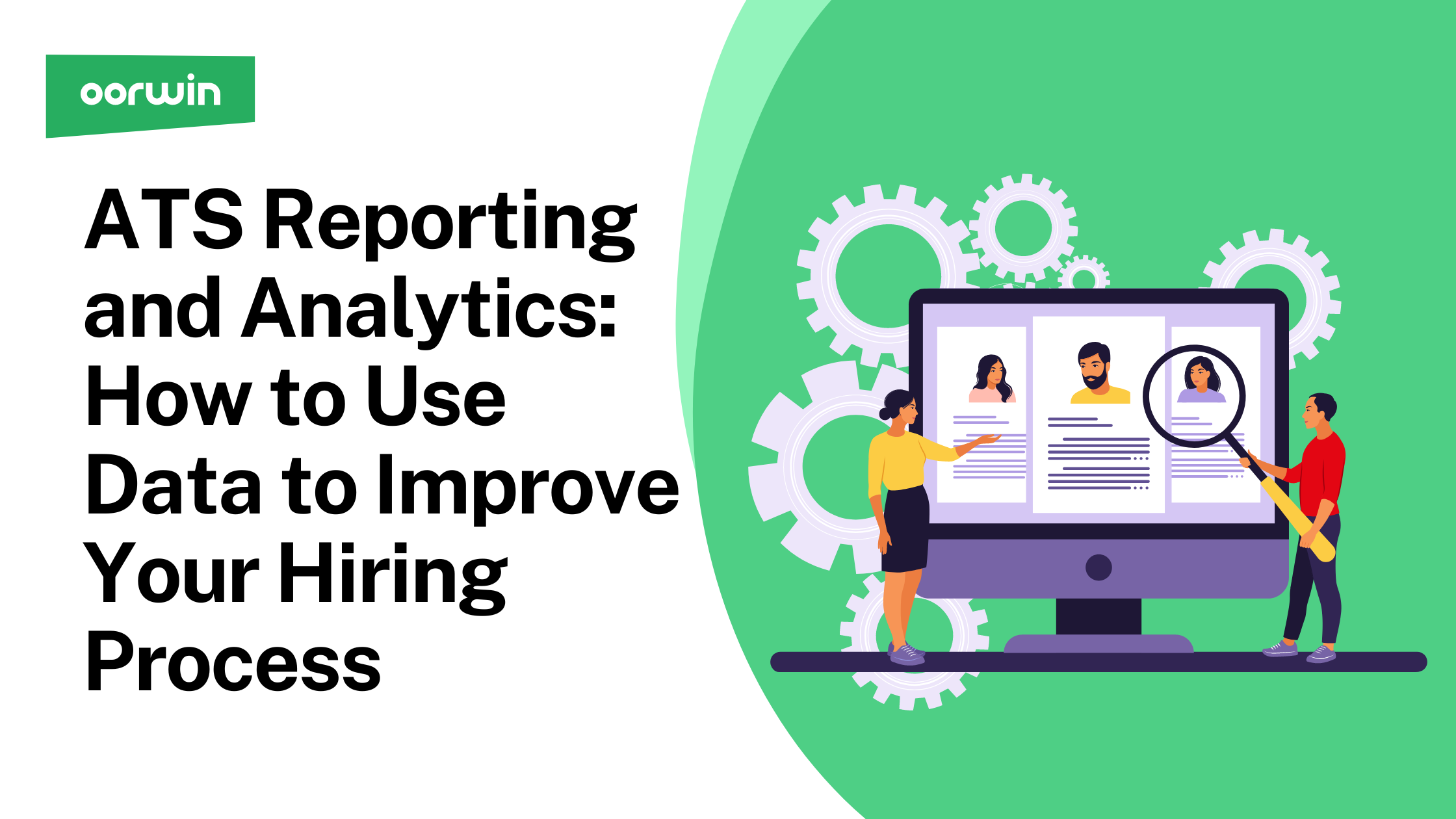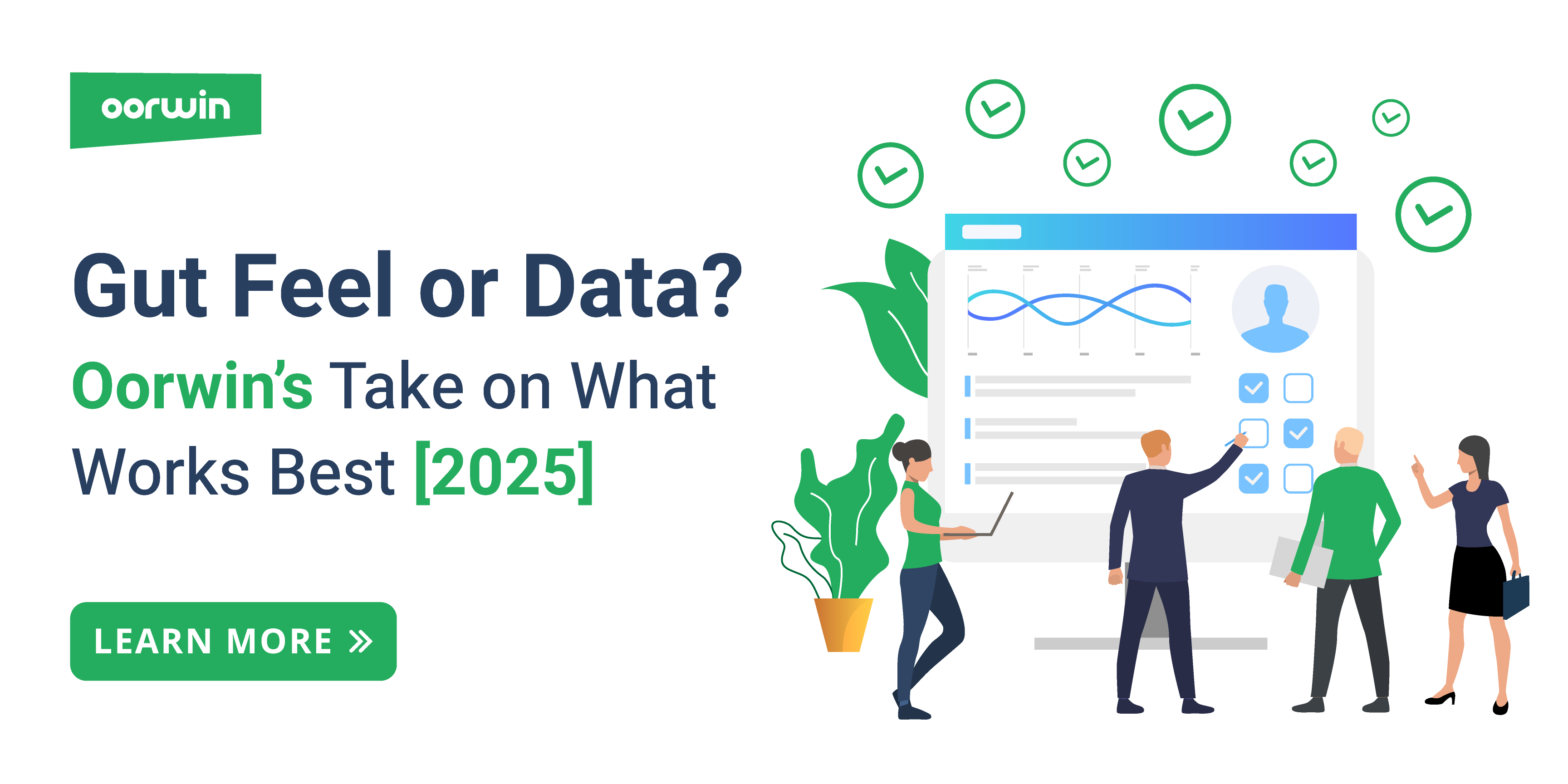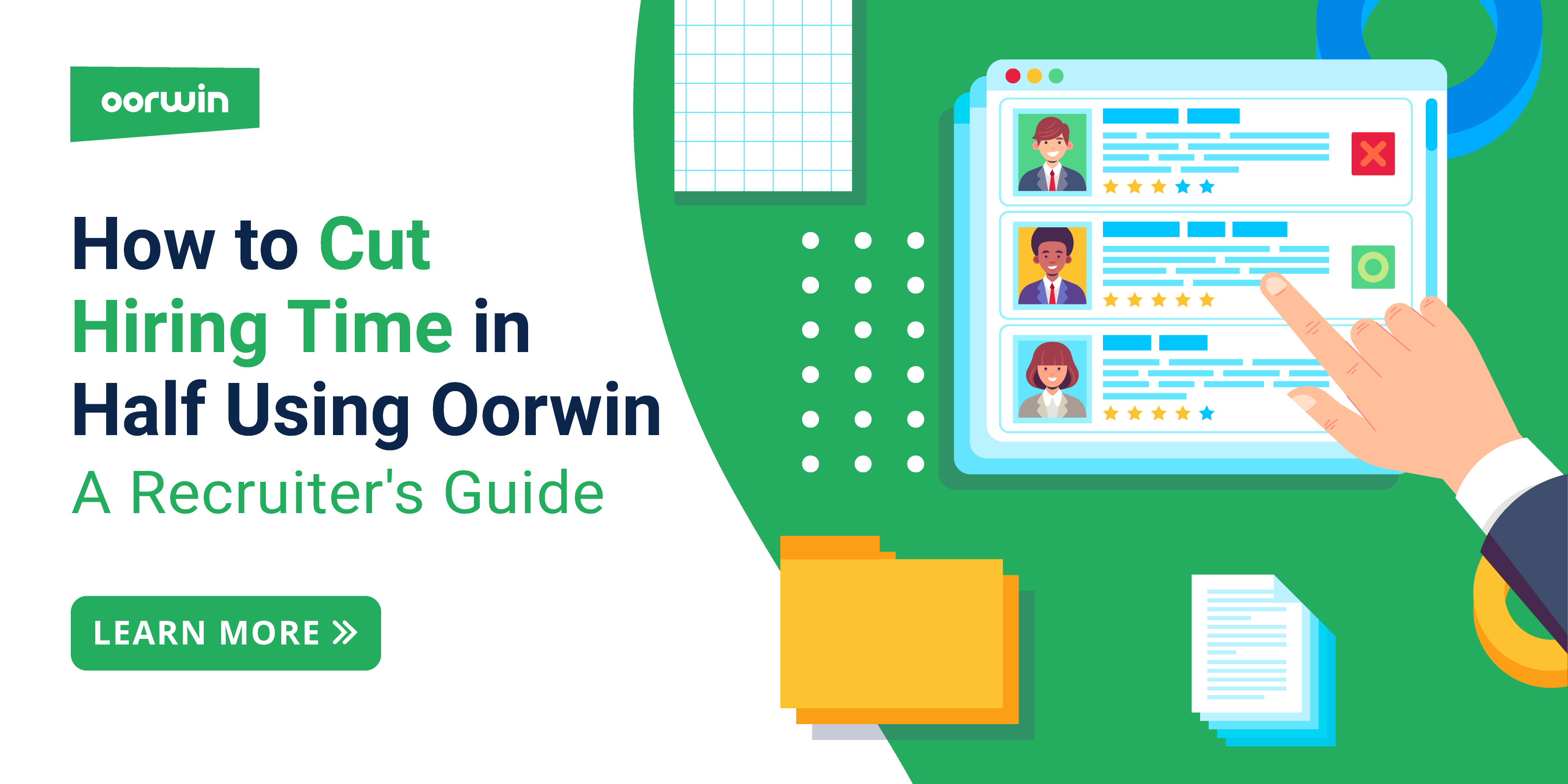ATS Reporting and Analytics: How to Harness Data-Driven Hiring
Oorwin
3min read / 8 Jun 2023

Related Articles
Applicant Tracking System with Recruitment Analytics
In a world where data-driven decisions dominate, hiring and recruitment have not been included. Applicant Tracking Systems (ATS), powered by advanced recruitment analytics, provide the platform for integrating data analytics into your recruitment process. This blog will guide you on leveraging ATS reporting and analytics for better recruitment outcomes and enhanced hiring processes.
What Is Recruitment Analytics
Recruitment analytics uses data analysis tools and methodologies within the hiring process to improve recruitment outcomes. It involves collecting, processing, and interpreting hiring and talent acquisition data to enhance decision-making and overall hiring efficiency. Applicant Tracking Systems, the platforms that house this rich trove of data, play a critical role in collecting this data and, when powered by analytics, transform this information into actionable insights.
Benefits of Applicant Tracking System Powered with Data Analytics
Embracing the power of data analytics combined with Applicant Tracking Systems (ATS) has the potential to revolutionize your recruitment process. Here’s an overview of the myriad benefits that this potent combination can offer.
Predictive Capabilities
Using Applicant Tracking System powered with data analytics, recruitment teams can predict future hiring needs and success rates based on historical data. This gives them an edge in strategic planning and allows for more efficient workforce development.
Enhanced Diversity
Data analytics can be instrumental in identifying bias in recruitment processes, thereby enabling organizations to enhance diversity. Using objective data allows for impartial decision-making and facilitates hiring a more diverse and inclusive workforce.
Improved Retention Rates
By harnessing the power of data analytics, companies can identify characteristics of employees who stay longer and perform better. This can inform recruitment strategies to attract similar candidates, thereby improving employee retention rates.
Compliance Assurance
ATS systems can ensure compliance with various laws and regulations related to hiring and employment. They can track necessary data, generate reports, and alert organizations to potential compliance issues.
Competitive Advantage
In the increasingly competitive business landscape, companies that leverage data analytics in their recruitment process can gain a significant advantage. They can make quicker, more accurate hiring decisions and secure top talent before their competitors.
Increased Productivity
ATS systems automate tedious recruitment tasks like CV screening and interview scheduling, allowing recruiters to concentrate on more valuable activities. As a result, HR departments can become more productive and efficient.
Strategic Workforce Planning
By analyzing the data from the ATS, companies can forecast hiring trends, understand the skill sets available in the talent pool, and strategize their future workforce requirements. This allows them to plan strategically for workforce development.
Better Reporting
With ATS powered by data analytics, generating recruitment reports becomes a breeze. These reports can provide insights into time-to-hire, cost-per-hire, source of hire, and other metrics that can help drive better hiring decisions.
Improved Onboarding
With insights from data analytics, organizations can improve their onboarding process by understanding what works and what doesn’t for new hires. This can lead to improved employee engagement and quicker acclimation to the company culture.
What Are Recruitment Analytics Metrics
Recruitment Analytics metrics provide quantifiable insights into the recruitment process, allowing HR professionals to make informed decisions and identify areas for improvement. Data-driven recruitment allows for better resource allocation, increased efficiency, and the ability to measure the effectiveness of recruitment strategies, ultimately leading to more successful hiring outcomes.
The realm of recruitment data is vast, encompassing various factors such as recruitment channels, time-based metrics, and costs. The initial step in establishing a data-driven hiring policy is identifying the most relevant key performance indicators (KPIs) for your recruitment process.
Common KPIs include-
- Speed-based metrics (e.g., time to hire),
- Quality-based metrics (e.g., submission to acceptance rate),
- Cost-based metrics (e.g., cost per hire).
Not overwhelmed by the abundance of data and KPIs available in your HR systems, collaborate with your team and management to determine the KPIs that align with your overarching goals. To reduce costs, focus on cost-based recruitment analytics metrics and optimize efficiency in your hiring strategy. If enhancing hire quality is the objective, delve into metrics related to the hiring funnel, employee engagement, and retention.
How to Leverage Applicant Tracking System with Data Recruitment Analytics
Discover how to maximize the potential of your hiring process through data-driven insights. Here’s how to effectively leverage an Applicant Tracking System (ATS) with data analytics to enhance your recruitment strategy.
Select KPIs
To begin with, define what success looks like for your organization in the recruitment process. These can be Key Performance Indicators (KPIs) like time to hire, cost per hire, or quality of hire.
Establish Analytics Loop
Implement a system that continually collects, analyzes, and provides feedback on your selected KPIs. This is known as the analytics loop, a cycle of continuous improvement.
Measure your KPIs
Use your Applicant Tracking System to measure your KPIs regularly. You can improve your hiring process by consistently measuring your KPIs and adjusting your recruitment strategies accordingly.
Revolutionize Your Hiring with Oorwin Applicant Tracking System
Oorwin combines the power of recruitment analytics and data-driven processing to transform your hiring process. This powerful platform offers comprehensive insights into your hiring process, helping you identify bottlenecks, optimize resource allocation, and improve candidate experience, among other things. With Oorwin, you can unleash the power of data for better recruitment.
Frequently Asked Questions
Why is data critical in hiring?
Data is essential in hiring because it provides evidence-based insights to enhance decision-making, optimize recruitment processes, and improve recruitment outcomes.
Why do you need a data-driven recruiting strategy?
A data-driven recruiting strategy allows organizations to make objective decisions, eliminate guesswork, reduce hiring costs, and improve the quality of hires. It offers a systematic approach to recruitment that is more efficient and effective.
How can ATS reporting and analytics enhance candidate experiences?
ATS reporting and analytics can enhance candidate experiences by providing insights into the candidate journey, identifying areas of improvement, and enabling organizations to offer a seamless application process.
Popular Articles..
Blog

7min read / 25-Jun-2025
Master Effective Interview Techniques with Oorwin: A Step-by-Step Recruiter’s Guide
Blog
Blog
Get the latest Oorwin releases, updates, success stories & industry news
 Back
Back
